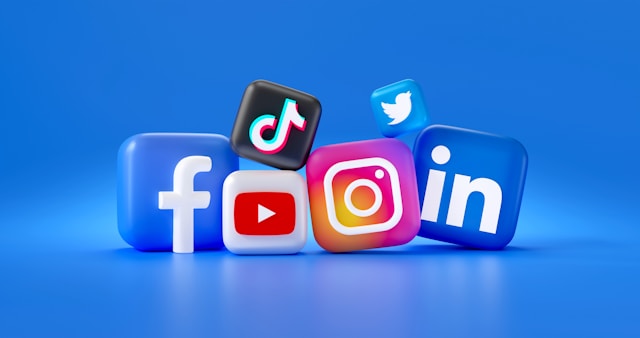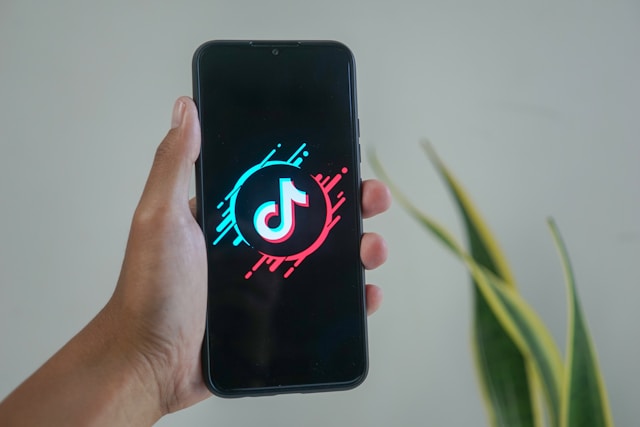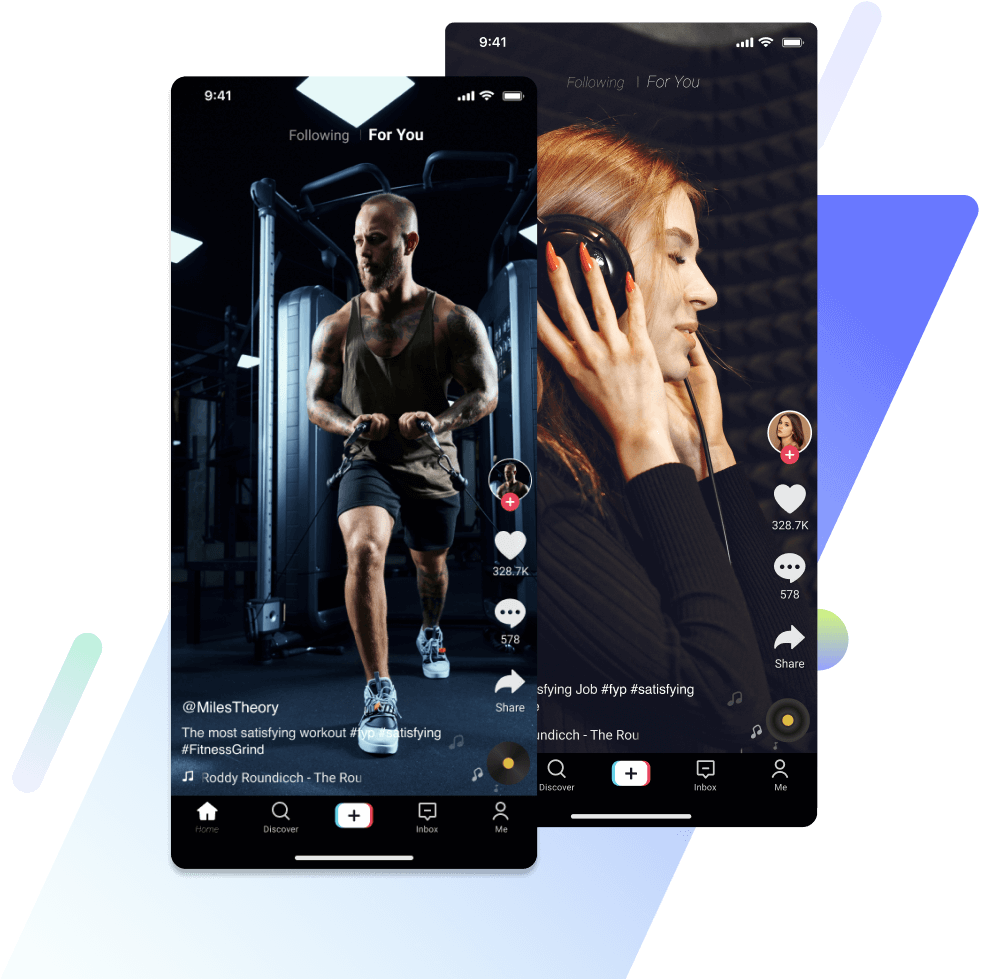TikTok History Timeline: From Minor Player to Powerhouse
Among all social media platforms, TikTok probably has the most colorful history. TikTok proved itself as a strong contender — rising from being a veritable unknown to a billion strong faster than other platforms. The TikTok history timeline features a lot of ups and downs and hits and misses.
Let’s take a look at the social media giant’s biggest milestones.
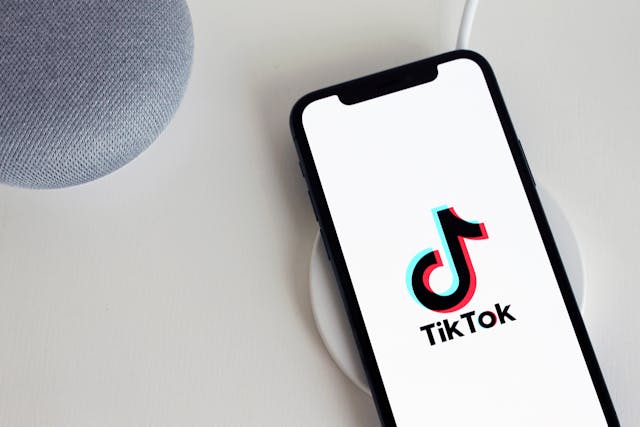
TikTok History Timeline: Before TikTok Was TikTok
Before TikTok, the North American app Vine made short-form videos popular. Originally launched in January 2013, the app served as a hosting service for bite-sized, six-second, looping videos.
Vine’s developer and parent company was Twitter, which eventually shut down the service in 2017 due to monetization challenges.
Following the footsteps of Vine but making bigger strides was Musical.ly, which debuted a year after Vine. It was a Chinese social media platform that allowed users to share longer videos — from 15 seconds to one minute.
The platform also offered thousands of songs for lip-synching and dance routines. And so, the lip-synching craze was born. The app became hugely popular among American teenagers, gaining 90 million users by 2016 — from 10 million the previous year.
By the second quarter of 2017, Musical.ly had more than 200 million users worldwide. In November of the same year, the Chinese company ByteDance bought Musical.ly for an estimated $800 million.
The previous year, ByteDance launched Douyin — the precursor of TikTok. Douyin was a Chinese short-form video hosting service similar to Musical.ly. In September 2017 (two months before the acquisition of Musical.ly), ByteDance launched Douyin’s international version, TikTok.
Finally, in the summer of 2018, ByteDance merged all Musical.ly user accounts and data with TikTok.

TikTok’s Early Years and Milestones
Recognizing the need for global expansion following Douyin’s massive success in China, ByteDance launched TikTok to the international market in 2017. After absorbing Musical.ly, TikTok ranked first among the most downloaded apps in many countries in January 2018.
By the final quarter of the same year, TikTok became the most downloaded app in the U.S.
In February 2019, TikTok and Douyin (the app’s independent counterpart in China) hit one billion downloads globally. This number excluded Android downloads in China. The platform surpassed Facebook and Instagram in the number of app downloads on Apple’s App Store from 2018 to 2019. TikTok soon climbed to seventh place among the most downloaded mobile apps of the decade.
Jimmy Fallon, Tony Hawk, Jennifer Lopez, Jessica Alba, Will Smith, and Justin Bieber were among the first U.S. celebrities on TikTok. In September 2019, TikTok and the National Football League (NFL) announced a multi-year partnership and the launch of the NFL’s official TikTok account. The partnership heralded new marketing opportunities on the platform, such as hashtags, challenges, and sponsored videos.
In mid-2020, TikTok announced another milestone: reaching almost 800 million monthly active users worldwide barely four years after its launch. TikTok breached the one-billion mark in global user base in 2021 — faster than other platforms that came before it.
In 2022, TikTok entered the e-commerce market with the launch of TikTok Shop in the U.K.
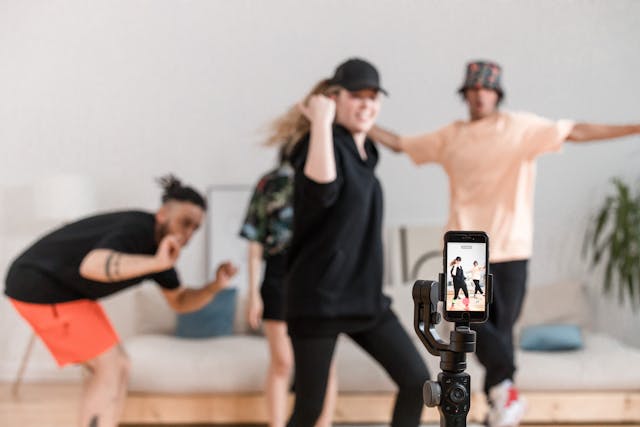
TikTok Controversies
The app’s unprecedented growth and popularity came with lots of controversies. These controversies mostly revolved around its parent company’s links to the Chinese government, which raised privacy, safety, and security concerns.
TikTok has also faced bans in certain countries. Among the most notable was the Indian government’s successful ban of the app in 2020. Given its huge influence on online trends, there were plenty of accusations regarding promoting dangerous challenges and illegal activities.
Recently, the U.S. government’s efforts to ban the app from U.S. app stores have gained momentum once again. Citing national security concerns, the U.S. Congress has passed a bill that would ban the app unless the Chinese company ByteDance sells the app.
TikTok Versus Other Platforms
With 1.5 billion monthly active users worldwide, TikTok still trails behind Facebook, Instagram, YouTube, WhatsApp, and Instagram. However, as the app doesn’t show signs of slowing down, it continues to pose a threat to its older competitors.
In 2022, Meta launched Reels for both Facebook and Instagram to counter TikTok’s short-form videos. YouTube, in turn, introduced YouTube Shorts, which blatantly imitated TikTok’s format and recommendation page.
These other platforms have spent hundreds of millions of dollars to go toe-to-toe with TikTok’s trademark format. However, they have yet to achieve TikTok’s level of engagement success.
The TikTok For You feed is another feature that puts the platform lightyears ahead of the competition. In 2020, the New York Times recognized TikTok’s algorithm as “one of the most advanced for shaping user experiences and social interactions.” Indeed, many have described the app’s main feed as highly addictive.
It succeeds where other platforms have failed: sustaining user interest with a stream of content that caters to their interests.
Other social media apps prioritize account and content popularity based on follows, likes, and clicks. On the other hand, the For You feed recommends content based on user activity and a wider array of behaviors.
A Wall Street Journal 2021 report highlighted the algorithm’s superiority over others when it comes to understanding user preferences and emotions. These user insights fuel the algorithm’s precise and irresistible recommendations.

How TikTok Has Changed Over the Years
TikTok has come a long way in less than a decade. What began as a simple hosting service for lip-synching videos soon exploded into a trendsetting and career-making platform.
These days, you’ll find content on TikTok that covers almost anything under the sun. In fact, more and more internet users utilize TikTok not just for entertainment but as a search and discovery tool. People go to TikTok to discover content creators, businesses, artists, trends, products, tips, news, and more.
The platform has grown beyond its initial purpose of giving users a platform to entertain each other.
Now, it offers countless opportunities for meaningful connections. There’s a spot for any tribe or niche on TikTok, no matter how big or small. Whatever your identity, inclinations, values, or passions, you’ll find a place to belong on the platform. And the best thing is that TikTok’s algorithm makes these connections possible.
TikTok continues to generate a level of interest and engagement that other platforms are still trying to match. With close to two billion users worldwide, the platform isn’t showing signs of slowing down.
It still manages to amaze its users and the competition with its innovations that constantly redefine the social media landscape. Its algorithm remains its core strength, fueling and sustaining the platform’s influence on culture, music, and social media content consumption.
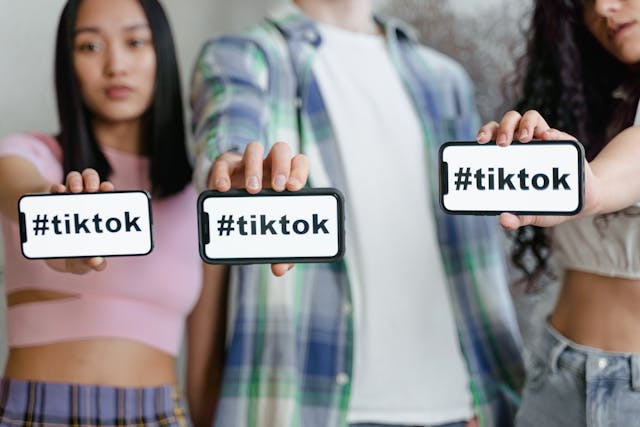
Catching up to its well-established forerunners was the least of TikTok’s obstacles to success. But TikTok immediately set itself apart by carving its own path in more ways than one. Instead of using the same social media template, TikTok built on a lesser-known but unique format.
Instead of adapting the same algorithmic formula, TikTok developed one that turned the tables on the competition.
The platform has also come up against more than its share of controversies. But it has always proven to be flexible and willing to learn from its mistakes. TikTok often readily addresses issues head-on and implements changes to improve user experience and safety.
A big part of TikTok’s lasting appeal is that it’s an equal-opportunity platform. Aspiring creators can still carve a rewarding space for themselves on TikTok. They have a fighting chance despite the competition from those who have found success before them.
The TikTok history timeline is a lesson on adaptability and resilience in the face of difficult odds. If you need help tipping the scales in your favor, sign up for a High Social plan. High Social’s advanced, proprietary AI technology offers a magnified audience-targeting advantage.
Connect with users who are right for your community and will likely become lifelong fans. Start growing your TikTok today!
TikTok 101



